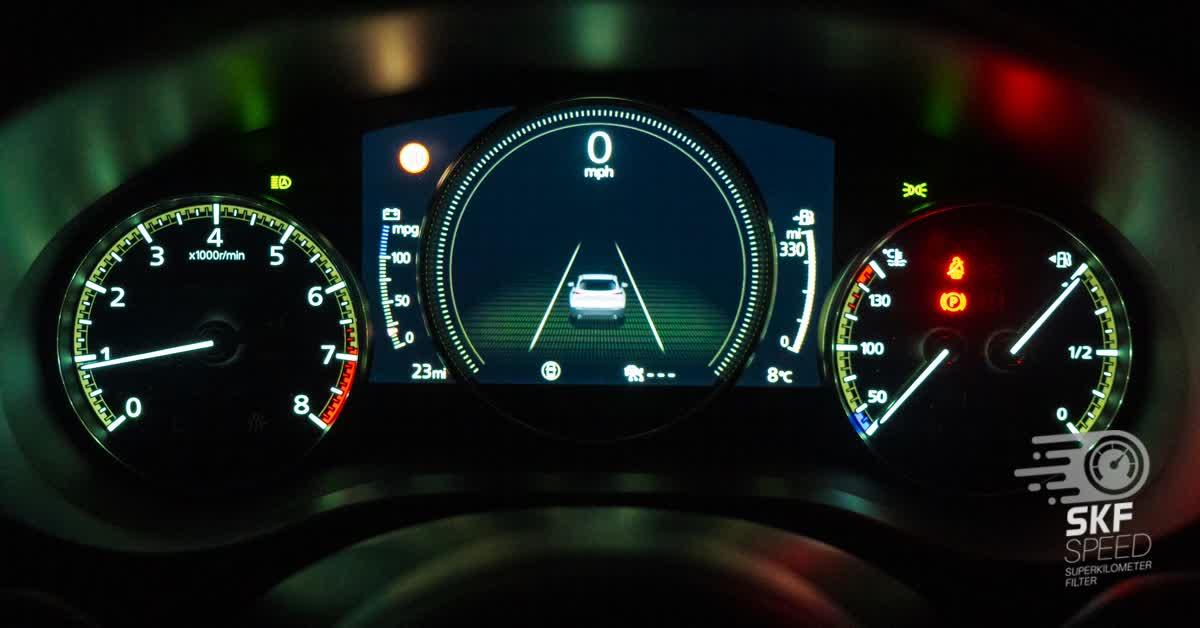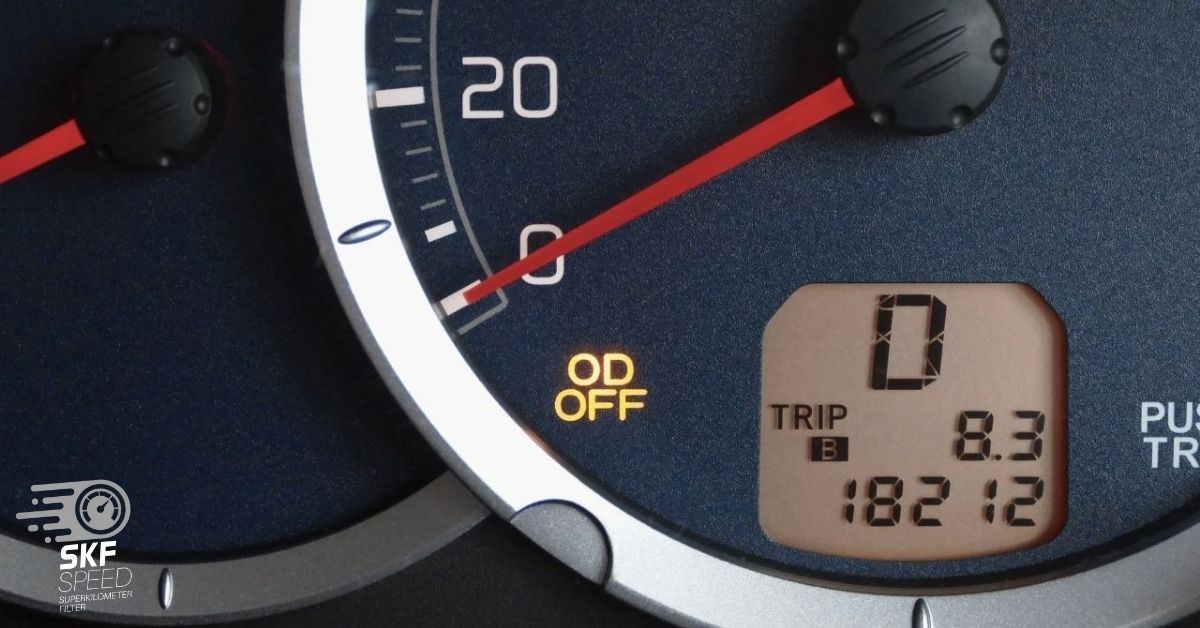
If you’re buying or selling a car in the USA, then you should be familiar with an odometer disclosure statement. It is a legally binding document that provides mileage-related data on the odometer at the moment the car is transferred from the seller to the purchaser.
The average new car buyers keep their automobiles for around six to eight years, but modern-day vehicles can often last for 20 years or longer when they are maintained well. Consequently, most cars will have two or more owners during their lifetime, and as you may have guessed, the ownership change directly refers to sales transactions. Therefore, accurate documentation is necessary to complete that transaction, and one of those documents is an Odometer Disclosure Statement.
Surely you’ve heard of odometer fraud, which has become a rampant issue in the current car market. You might face deception even with trustworthy sellers and manufacturers. Using mileage discrepancy while selling a car is a well-known method to get the premium price. In other words, a high mileage vehicle will likely sell cheaper than the same vehicle with fewer miles. So, this might tempt sellers to use different tools to hide unfavorable miles on their car odometer.
To combat odometer fraud in the USA Federal odometer law was introduced. According to the law, the sellers in all 50 States of America must fill in the disclosure statement if their vehicles are below 16,000 pounds and under 10 years of age. Anyone caught not disclosing altered mileage is subject to penalty. A fully completed form of the statement must include the buyer’s and seller’s personal information, the date of certification, the year, make, model, VIN, and the accurate mileage as of the date of certification.
However, fraudsters are everywhere and one of their tricks is to “rollback” or stop the car’s mileage to make their cars more attractive to buyers and get a higher price.

The most common tools people apply to deal with mileage-related issues are odometer correction tools and mileage blockers. These devices are quite different from one another. It’s essential to know all the differences, otherwise, you might confuse and become a victim of fraud.
People pay a lot of attention to the mileage and as we mentioned above, it is also required by the law in countries such as the USA to indicate an accurate mileage in written form at the moment of handing over a sold car. Even though it doesn’t reflect the actual condition of the vehicle, it’s still one of the most important factors. Therefore, the sellers do everything to prevent the mileage increase and indicate false numbers in the federal odometer statement. After all, large figures on the odometers don’t attract potential customers, so let’s ask how many miles on a used car is too much? Below, I’ll provide a detailed description of each tool that are use for that purposes.
As mentioned, one of the tools that people use to deal with mileage-related issues is the odometer rollback device. It is a small computer that can roll back mileage in a couple of minutes. With its help, you can easily set the desired number on the milometer. You’ll just have to install the software, find the model of your car in the interface and, ultimately, you will be able to reduce mileage. However, it can’t alter the mileage in control units, meaning that its effects can easily be detected. So, can you remove the mileage from all control units? The answer is no, if you trust those tools.
Dealers usually use rollbacks to rewind the miles to hide the truth about the accurate condition of the vehicle. It’s unethical to reverse the mileage. If you wind back the odometer and then sell that car without disclosing relevant information, you might face serious fines or even legal charges. Of course, state laws vary depending on countries and states, but, generally, odometer tampering isn’t a legal activity. Additionally, you may have problems with insurance companies. Do car insurance companies check mileage? – Yes they do.

The other tool people apply is a mileage blocker. Unlike the odometer changer, it doesn’t roll back the mileage – it just stops recording it and the performance of the mileage blocker is untraceable. The manufacturers essentially designed it for testing the performance of the vehicle. Unlike the odometer correction tools, a kilometer stopper is more ethical as it’s meant for testing purposes. However, people use this tool on public roads. It’s unethical to use a mileage blocker in such a way, as it doesn’t have fraudulent purposes. One way to avoid deception is to purchase this tool from a trustworthy manufacturer.
Yes, usage of mileage blocker is legal in most countries unless you use them for ethical purposes and don’t deceive the next owner about their usage. As already noted, the main purpose of the unit is to test the performance of the vehicle. However, people use its features to their advantage and activate it on the open road, as mileage stopper tools unlike rollback devices are untraceable. This can’t be traced even with the computer and is widely used to keep mileage at a reasonable level. We kindly recommend using the module if you would like to test your car.
Thus, we’ve learned what an odometer disclosure statement is and the purpose of its requirement in the USA. We also found out which tools people use to reduce mileage. But the most important thing we discovered today is the fact that it’s unethical to lie to our customers and benefit from that. What you do is your choice, however, I advise you to be ethical and refrain from illegal actions.







Here you will find all the details about our company
Here you will find shipping and return related information
Here you will find information on all technical questions
Here you will find helpful information about installation